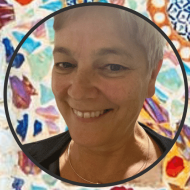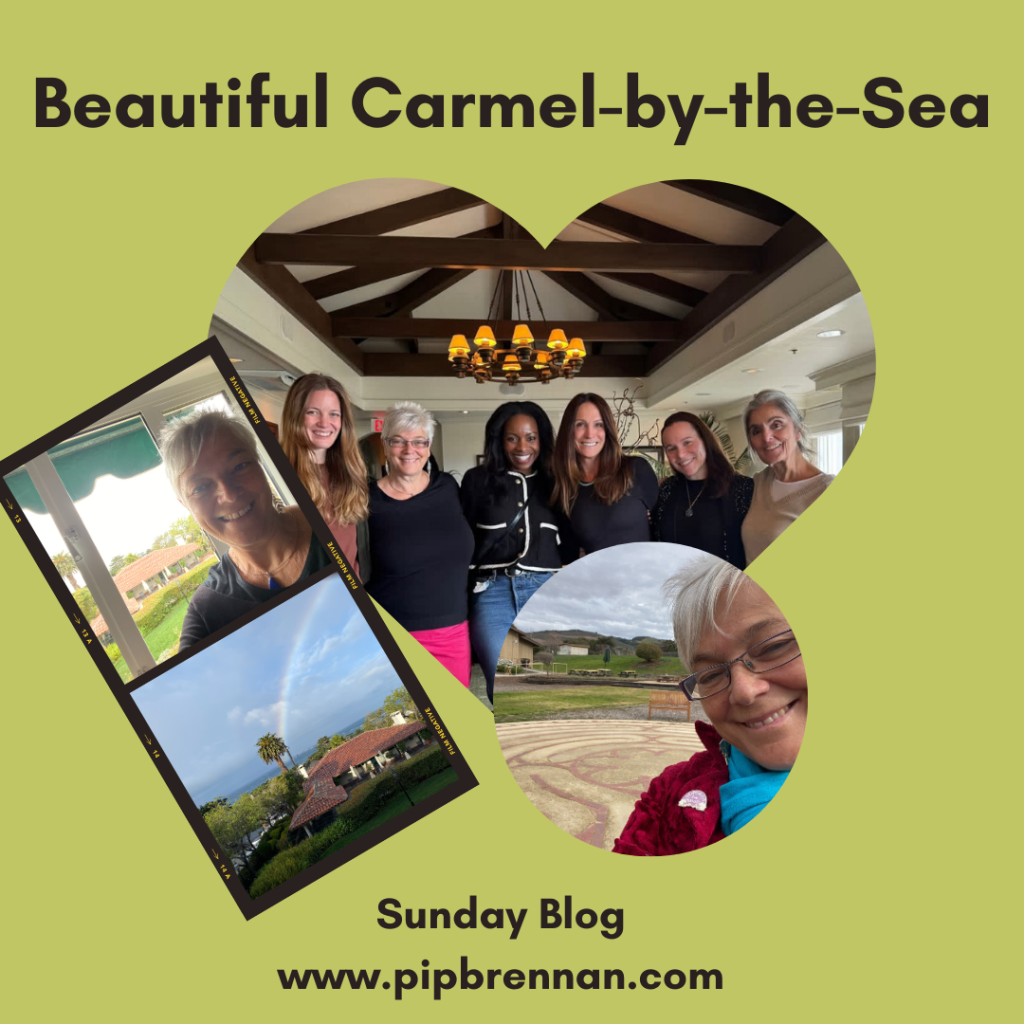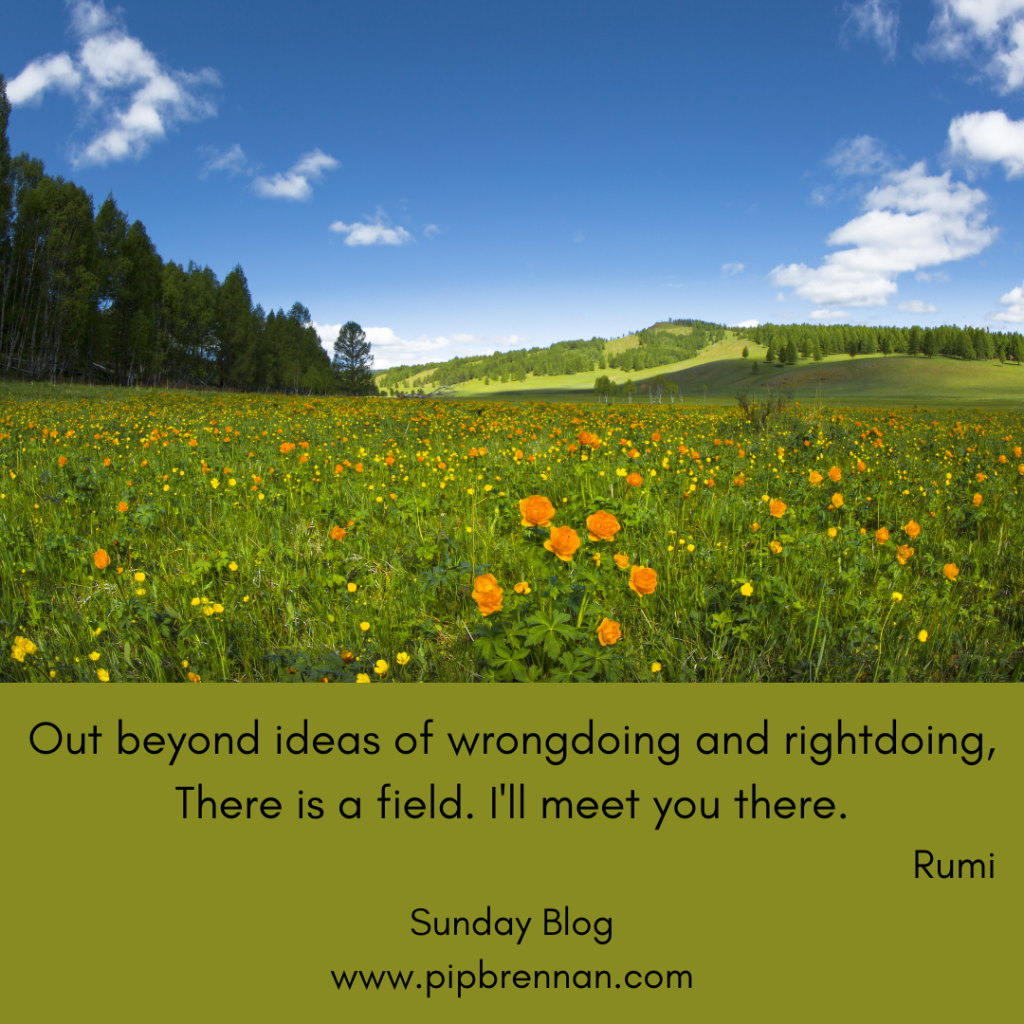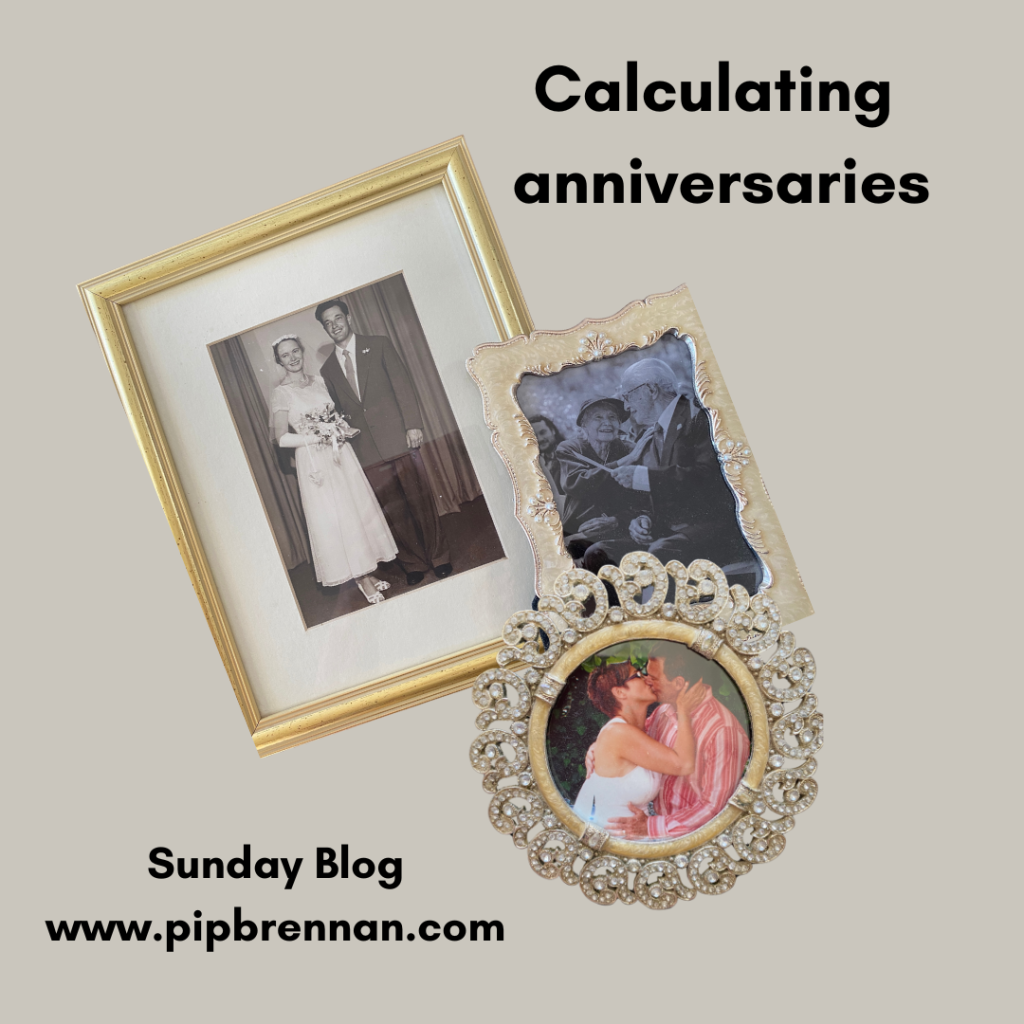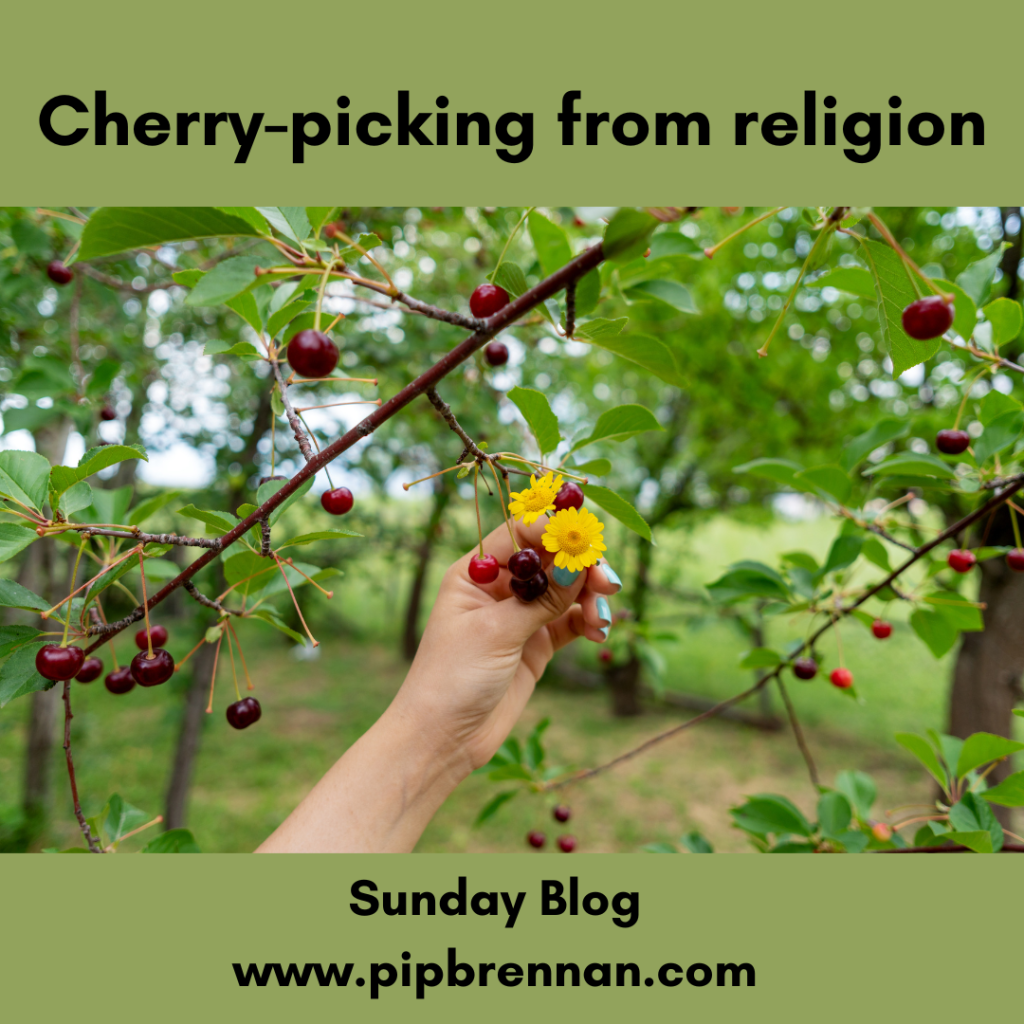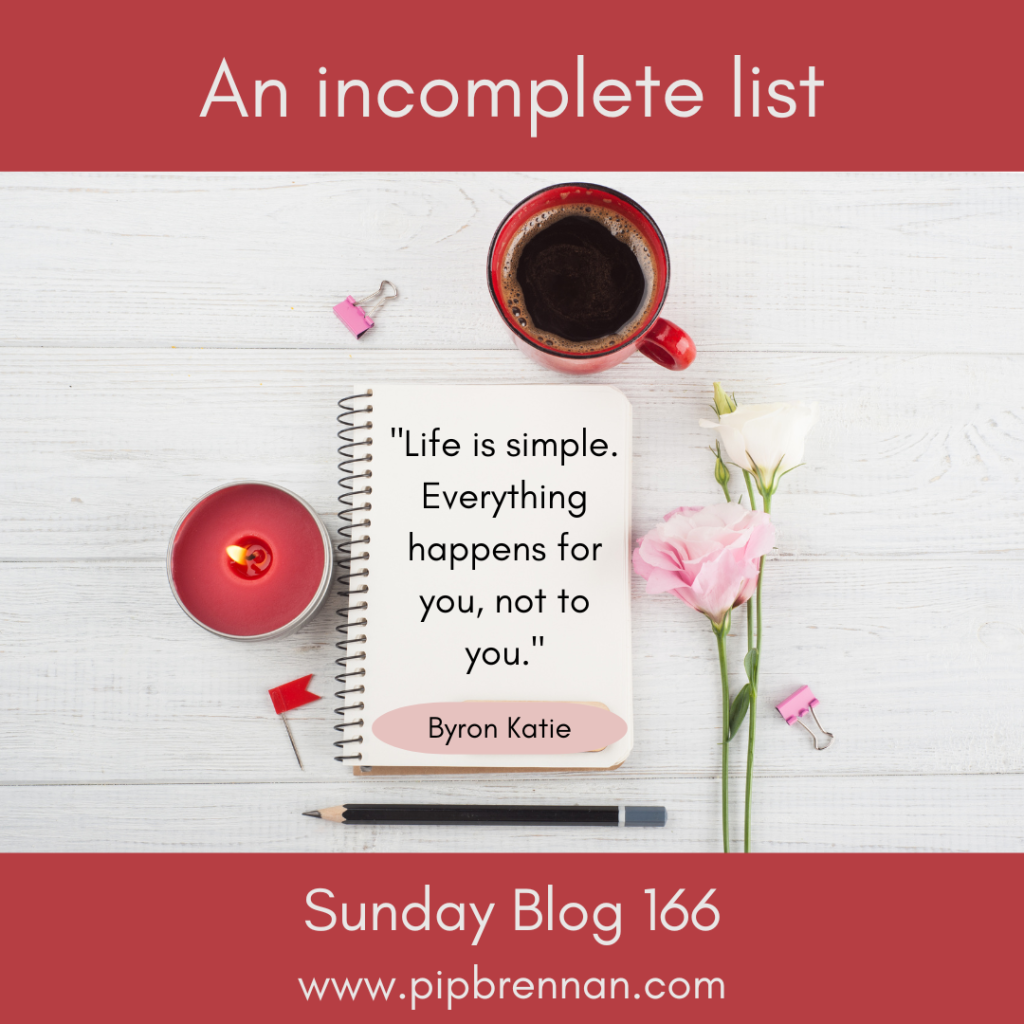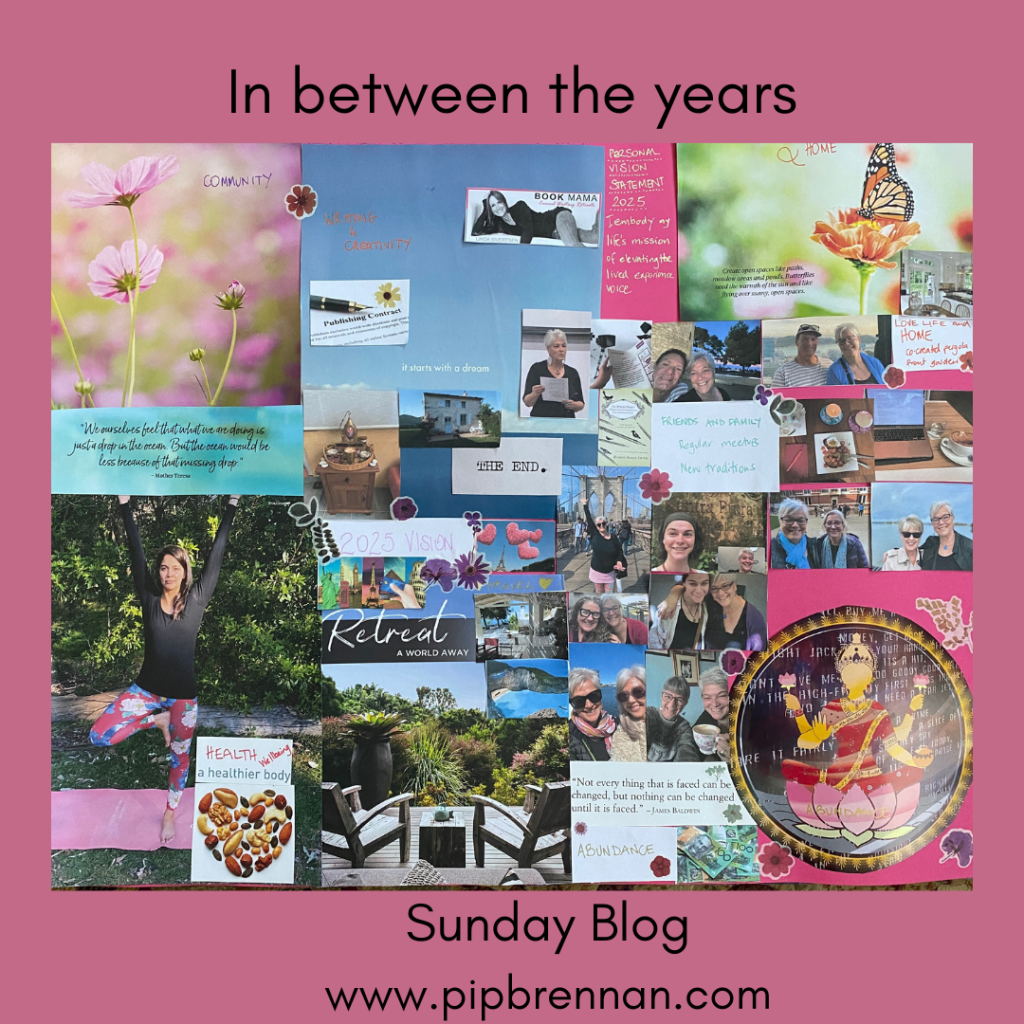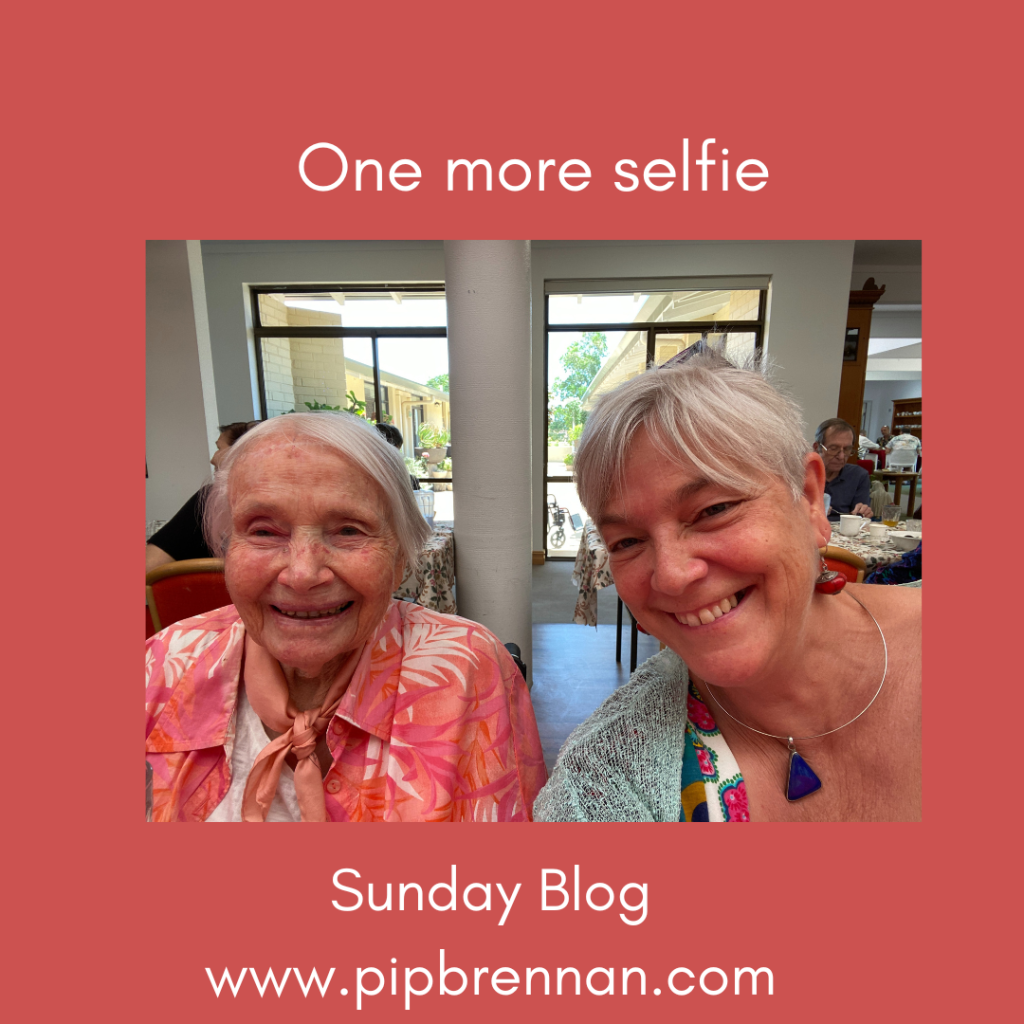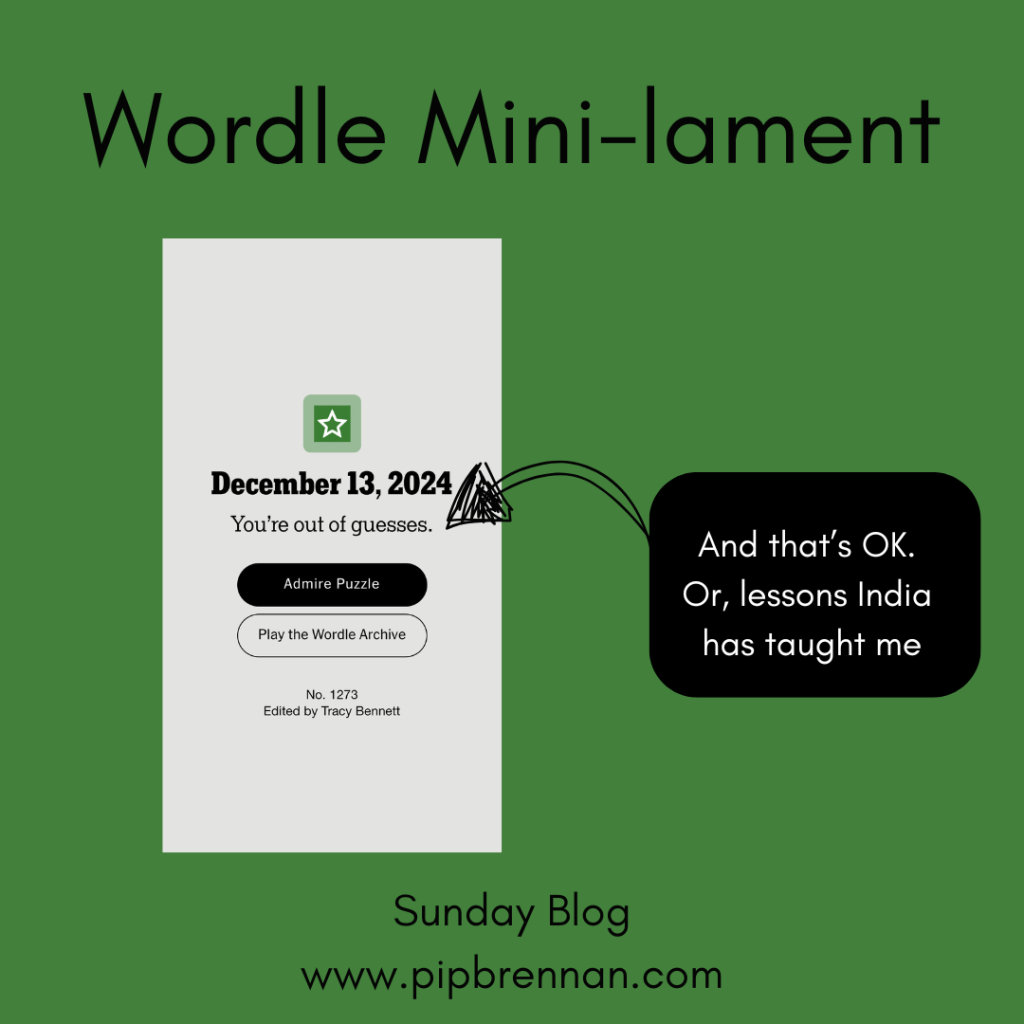Sunday Blog 172 – 16th Feb 2025
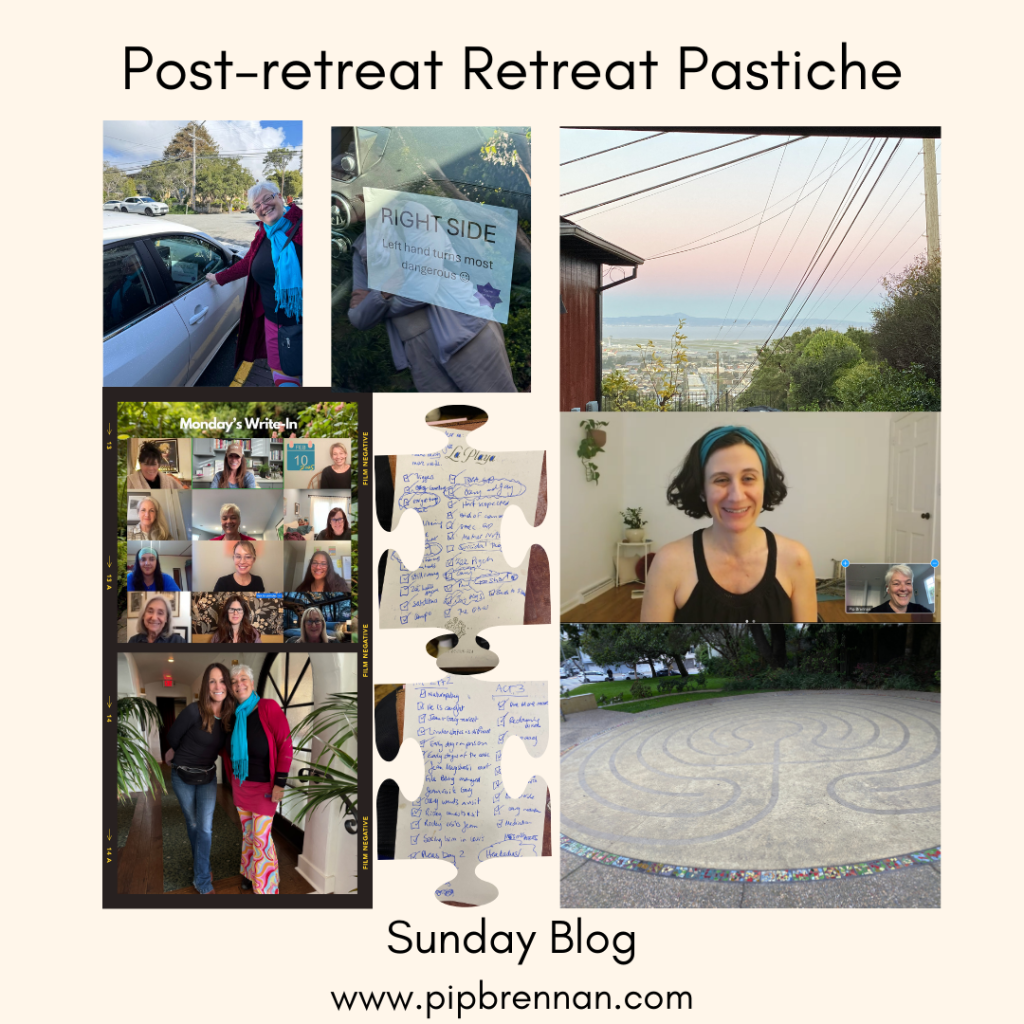
“Your windows are super clean, Mum.”
It was the sixth occasion I’d flicked on the windscreen wipers instead of the indicator while driving my daughter to Perth airport. She and I had a short window of overlap time between me returning from San Francisco and her heading to Sydney so I leapt at the chance to take her to the airport. Mother-daughter time on the run. It fascinated me that this was my body’s residue from my first experience of driving on the wrong right side of the road.
On the whole I would declare my overseas driving efforts a modest success. 9/10 would do again. See me at the top left image posing next to the rental car, and the sign I lugged with me all the way from Australia (plus a lump of blu-tack to stick it to the dashboard.) It was my visual reminder to drive on the right, remember that left hand turns are the most dangerous, and also a starred message of encouragement, “You’ve got this!”
Once safely in San Francisco with the car returned to its rental home, it was time for me to face up to my post-retreat self-guided retreat goal. To review the whole newly combined memoir and novella manuscript forged from the magic caldron of the Carmel Retreat.
The plan was to remove the worst continuity errors and make a list of areas of development that will take time and thinking. I’m not one of those who can work on a plane, so I was determined to get through the lot before heading home. I kept a list of the scenes from the messy middle through to the end (jigsaw piece images) and was very bloody happy to tick them all off before the last night was through.
Motivation was maintained by the ongoing accountability group (see middle left and bottom left) headed by Linda Sivertsen. (That’s her and me on the bottom left, one of the last pics before I left magic Carmel). The San Francisco skyline from my remote and self-contained airBnB (top right) was enticing and eventually I cracked and went to Fisherman’s Wharf on day two for some good old fashioned touristing. I returned to the centre one more time on my last full day to sit in a trendy cafe and work alongside all the other San Franciscans before treating myself to a labyrinth walk (Scott Street Labyrinth, bottom right). 10/10 would visit San Francisco again but would stay right in the centre. Where I stayed was 45 minutes to walk to the nearest bus stop with a very long bus ride to the nearest train. (Well I actually got all the way to the bus stop but by the time I’d worked out which side of the street to wait on, the bus had sailed past and I ordered an Uber). The location was perfect for someone with a mountain of editing, in short.
One last very special feature of my post-retreat retreat was joining my favourite online yoga teacher, Jackie Casal Mahrou for a live online class. I tune in to her pre-recorded yoga classes almost every day. Have done for about a decade. I really, really wanted to attend a yoga retreat with her in 2020, but, well, Covid put an end to that. Jackie was even better live, and invited me to stay at the end of the class for a quick chat. Such a special moment!
On the long flight home, I watched a gazillion movies and felt very bloody virtuous.
Now, to re-enter Perth and my life here. Wait for the other travel gremlins to work their way out. While I think I’ve re-adjusted rather well, darling husband’s knuckles were white as he clutched the dashboard when I drove him to the local beach this morning. That’s new. We dived under the beautiful water and I emerged, yet again incredibly grateful for where I live. Holidays are awesome, returning home is heaven.
